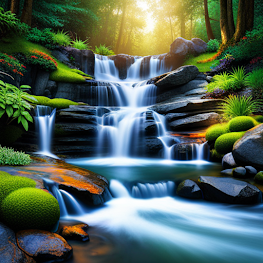1. Encourage close collaboration between the UI/UX designers, developers, and QA team members. Create an environment where they can work together and understand each other's perspectives. Encourage them to pair and/or mob to help bridge the gap between design and development.
2. Educate the team about the value of UI/UX design: Help the developers and QA team members understand the importance of good design and how it impacts the overall user experience. This will help them appreciate the design work and its role in creating a successful product.
3. Include design-related tasks in the Sprint: While design work may not be easily quantifiable in the same way as development tasks, you can still include design-related tasks in the Sprint backlog. These tasks could include activities such as creating wireframes, mock-ups, conducting user research, or usability testing. Breaking down design work into smaller, actionable tasks can make it easier to estimate and track progress.
4. Focus on collaboration over pointing: Instead of trying to point design tasks, focus on collaborative discussions and shared understanding among the team. Allow the designers, developers, and QA team members to collectively decide on the effort required for design work. This can be based on their understanding of the complexity, impact, and dependencies involved.
5. Embrace iterative design: Scrum promotes an iterative approach, which aligns well with UI/UX design. The UI/UX designers can refine and iterate on designs based on feedback, just as the developers do, this ensures continuous improvement and flexibility throughout the development process.What you don’t want is a mini-waterfall in your sprints, where the work is handed-over from one sub-team to the next. Ultimately, the goal is to foster collaboration, shared understanding, and a collective ownership mindset within the team. This is one of the basic premises of Scrum but also one of the hardest to enable.
Taking a group of people with disparate skillsets and making them work together as a team, playing out of position when necessary is difficult. It won’t happen in the first sprint but, over time, if you help them understand the value, it will come together.
By promoting open communication and finding ways to integrate UI/UX design work into the Sprint, you will create a more cohesive and effective development process.

